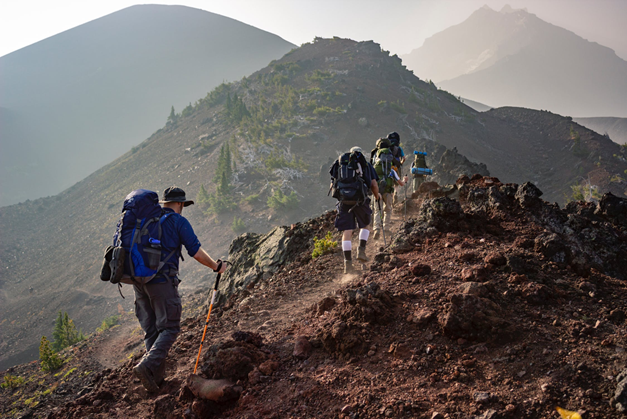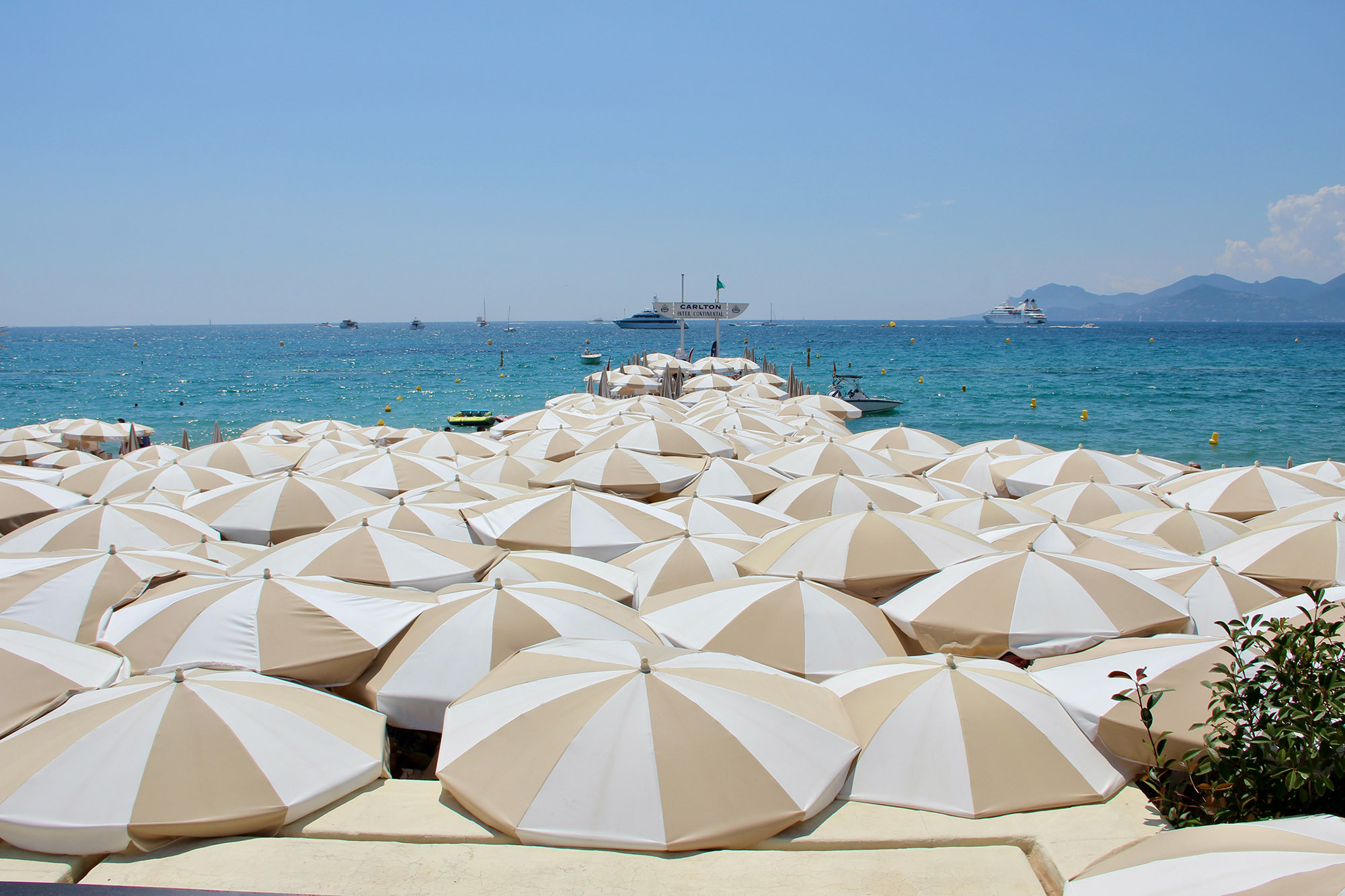5 Things to Know about visiting Mount Kilimanjaro

Although the tallest peak in Africa is a popular trekking destination, it is not for the faint of heart. Here are 5 things you can do to prepare before climbing Kilimanjaro.
Mount Kilimanjaro is more of a hike than a climb
There are no technical requirements for climbing Mount Kilimanjaro. It’s referred to as a “walk-up” mountain. Because there is no risk of falling from a cliff or into a chasm, mountaineering equipment such as harnesses, ice axes, or ropes are unnecessary. Furthermore, there are no sections of the trail that need exceptional rock-climbing skills.
On this mountain, young and elderly, expert backpackers and utter novices alike can achieve it- everyone has a place.
Africa may be hot, but the mountains are cold
Kilimanjaro’s proximity to the equator does not imply that it is extremely hot. The temperature reduces almost immediately as you gain height. That means everyone needs to dress in apparel that will keep them warm in the cold.
It is frequently warm during the day as long as the sun is visible. So, on day walks, you’ll probably be fine with only a single base layer on top and trekking pants. A softshell jacket for when the clouds roll in or a hard shell for when the wind picks up. It’s a different story at night. As the sun sets, so does the chill. Even during the hottest days, a down jacket and knit hat are usual on the first night.
Acute Mountain Sickness can be dangerous
At high altitudes, the air is thinner. This is the cause of acute mountain sickness, which is a prevalent ailment among climbers (AMS). The main reason why individuals fail to reach the peak of Mount Kilimanjaro is because of AMS. While minor forms of AMS are to be expected while climbing Kilimanjaro, severe AMS can be fatal.
When the human body adjusts to the lower oxygen levels at high altitudes, AMS develops.
There is no electricity or WiFi
On the mountain, there is no access to the internet. Phone service is sketchy at best. Each day, there may be only one or two opportunities to call, text, or email. However, you should not rely on it. The signal’s power can be affected by cloudy weather. Ask the guides when and where you might be able to get a signal if you want to use your phone. Alternatively, keep an eye out for when the local crews are on their phones.
Kilimanjaro, too, is devoid of electricity. There are no charging stations for camera batteries or smartphones, so prepare ahead. Make sure you have enough camera batteries to get you through the entire hike.
Summit night can be tough
Day hikes often involve walking small distances at a moderate pace with gradual elevation gains. Most people would describe these days as light and delightful rather than strenuous. It’s a different tale on summit night. Almost everyone will find it difficult.
For a variety of reasons, this last ascent differs from the norm. It all starts with being woken up at 12 a.m. As a result, you won’t have had a full night’s sleep the night before.
It’s also very cold outside. The ascent to the summit transports you to the arctic biological zone, which is devoid of flora and animals. The polar region is extremely cold.
Because the last ascent takes place early in the morning, far before daylight, the temperature can easily drop below zero degrees with the wind chill. When the sun begins to rise, however, it swiftly warms up.
Hopefully, this small list of what to be aware of can help you with your next adventure!





